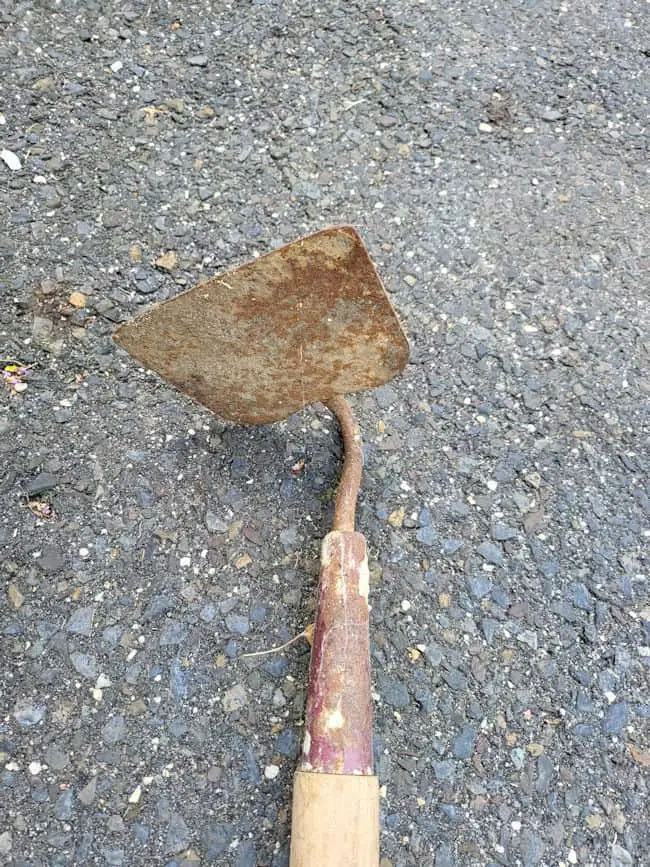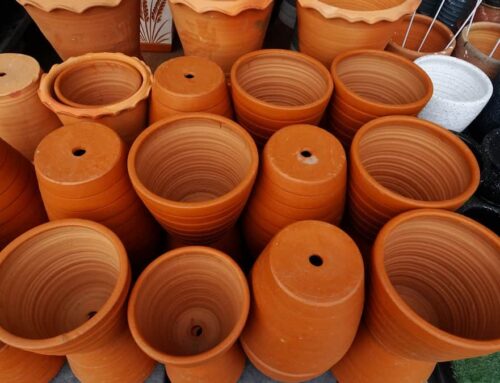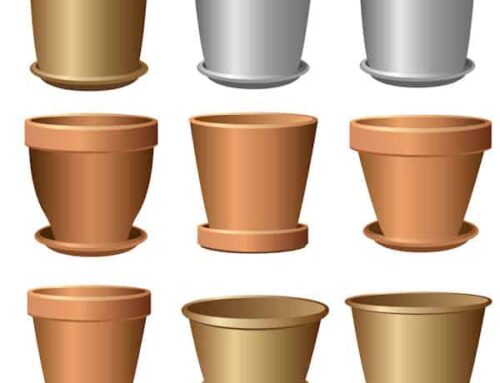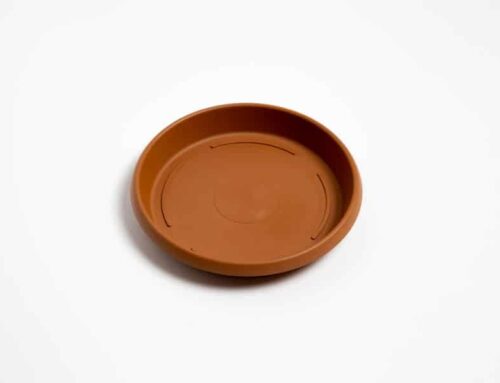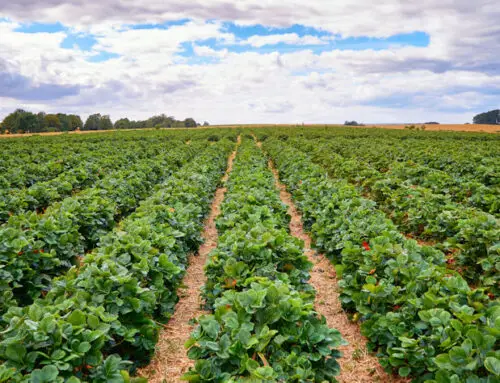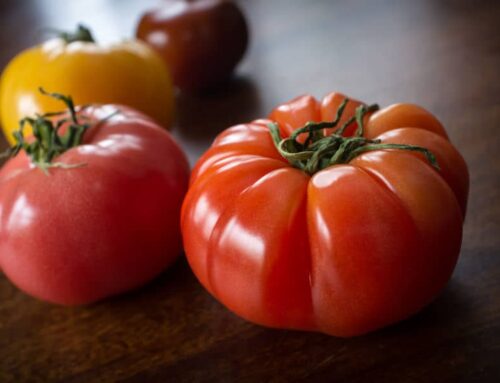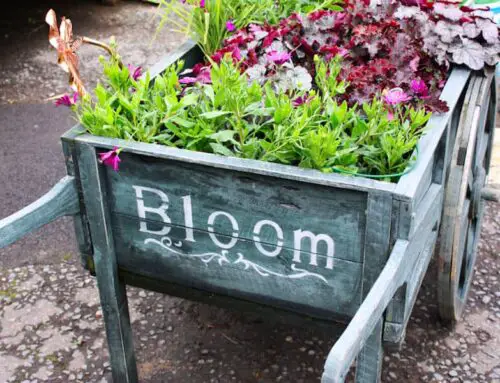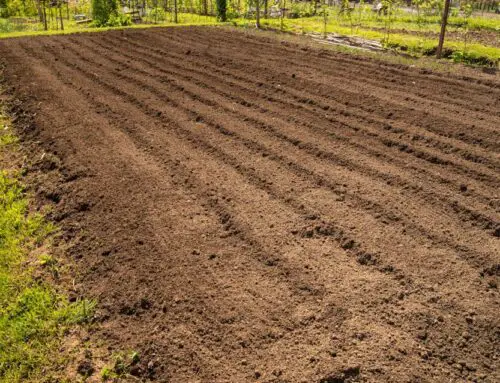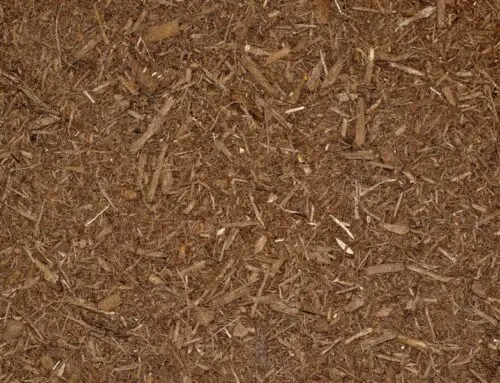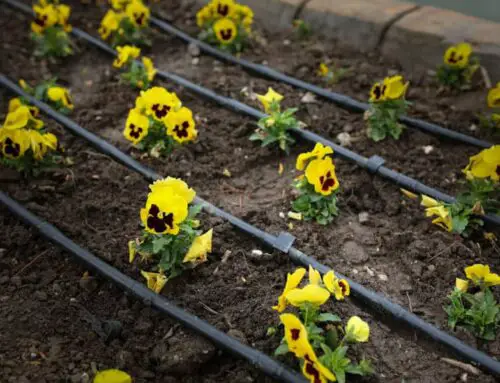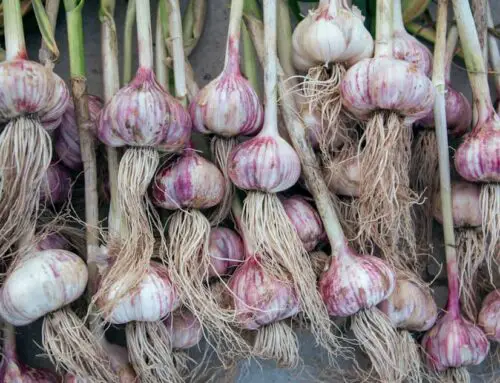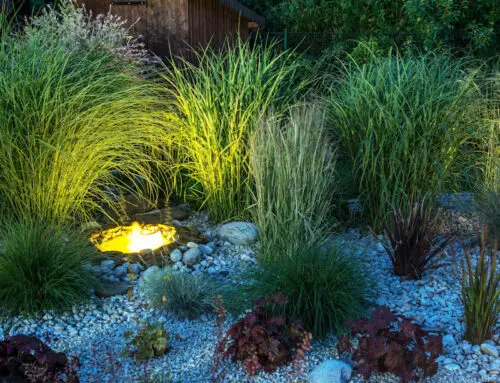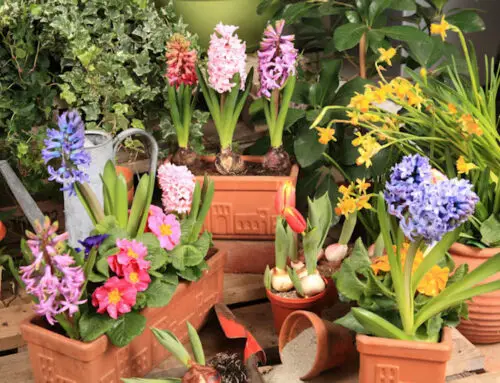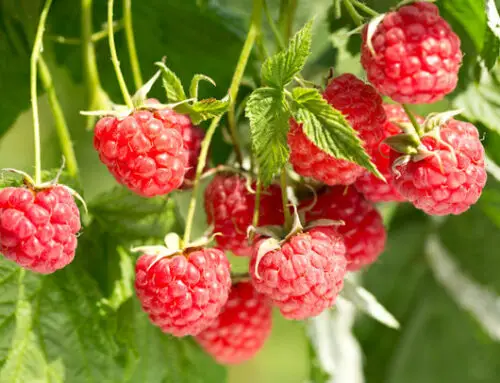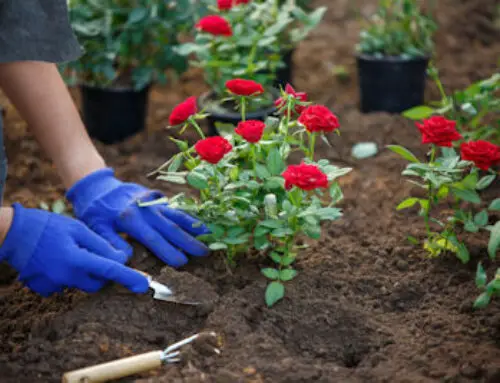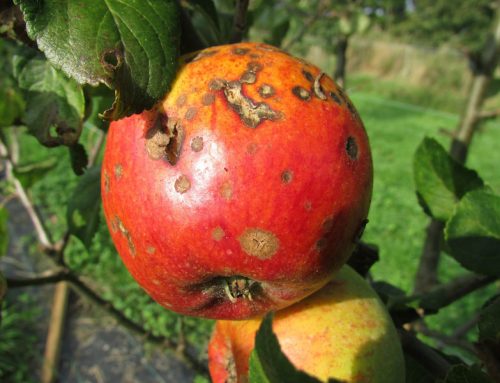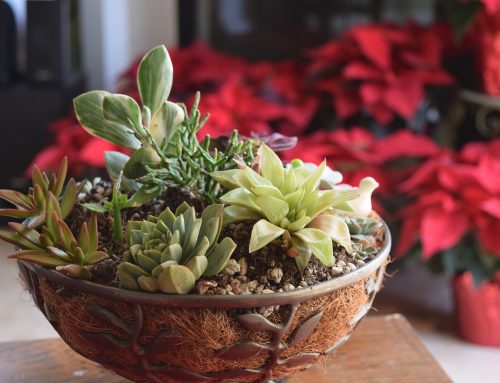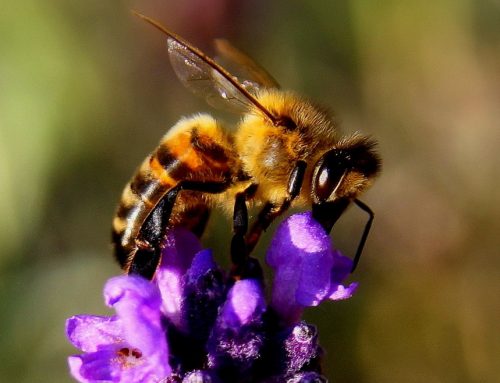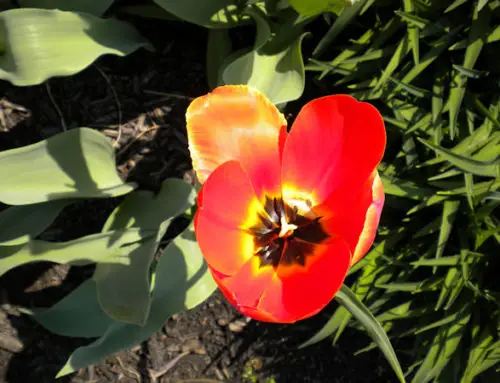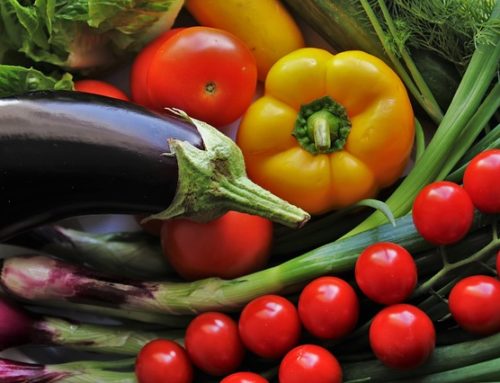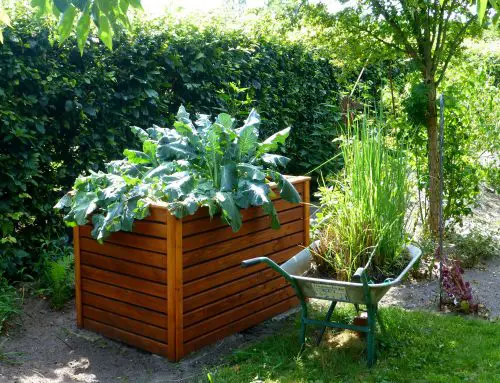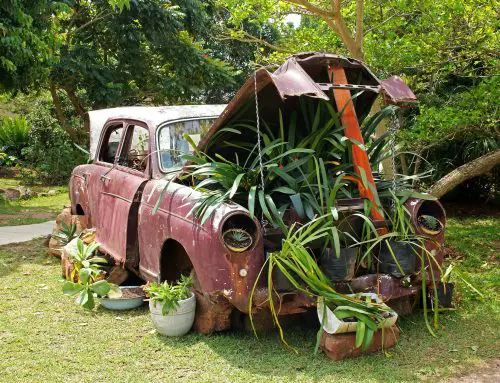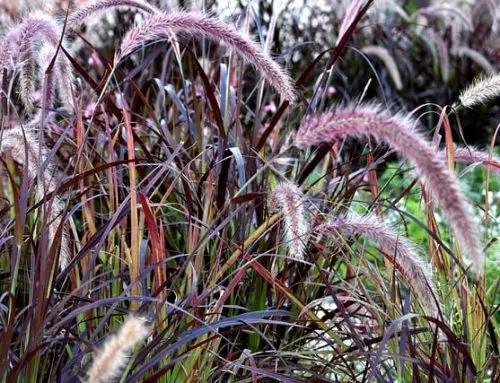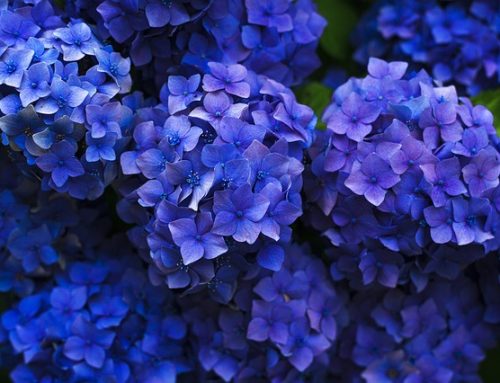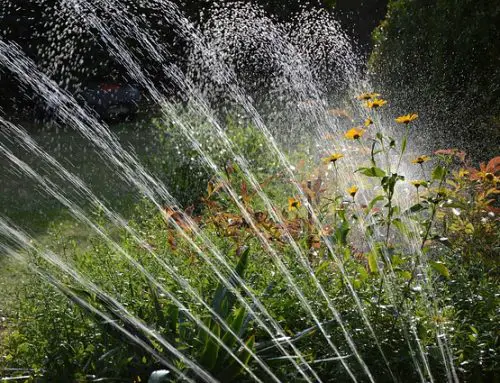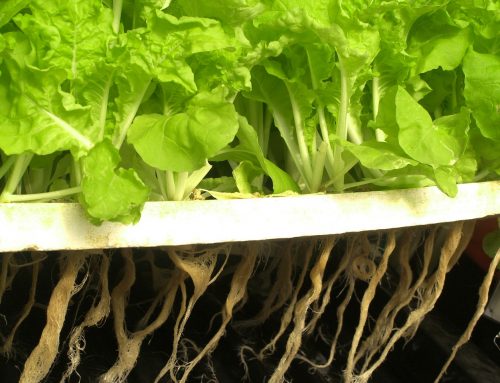Using a hoe is one of the most effective ways to remove weeds from an area. If you’re new to hoeing or new to gardening in general, you probably have a few questions about the process. For example, do you need to pick up pulled weeds after hoeing?
Generally, it’s not necessary to pick up weeds after you finish hoeing. Under the right conditions, the cut stems will dehydrate and die on the surface. However, to ensure this happens, it’s important to hoe over dry soil and walk backward as you pull up weeds.
Be aware that if the soil is moist leaving the uprooted weeds on the soil surface can create several issues:
- Weeds may re-root: Some weeds are resilient and can re-root themselves in the soil if left undisturbed. Picking up and removing the weeds helps prevent them from re-establishing themselves in your garden or field.
- Spread of seeds: If the weeds have already produced seeds, leaving them on the ground can lead to the spread of these seeds and an increase in weed growth in the future.
- Pest and disease harborage: Leaving weeds on the ground can create a suitable environment for pests and diseases to thrive, potentially causing harm to your desired plants.
What is the Best Type of Hoe to Use for Weeding?
Using the correct type of hoe is essential in weeding your garden as effectively as possible.
Dutch hoes are generally the most popular option, but some people prefer draw hoes. Below, we will discuss more information on each type of hoe so you can make the best decision for your needs and preferences.
What is a Dutch Hoe?
A #ad Dutch Hoe is the most popular option for weeding and typically the easiest to use. Dutch hoes are popular because they allow you to stand upright rather than hunch over.
Most hoes feature a blade that lines up with the handle at a 90-degree angle. Dutch hoes, on the other hand, have a wide, open blade and are usually constructed with holes that allow pulled soil to fall back into the ground, limiting the potential for clogging.
Some hoes require the user to “chop” the soil, bringing the blade up and down to loosen soil and remove weeds. Dutch hoes are much easier to use, as you only need to push and pull the tool.
To weed with a Dutch hoe, you only need to skim the soil beneath the surface. This slices weed stems from their roots, removing them easily and preventing regrowth.
What is a Draw Hoe?
While Dutch hoes are the most popular option for weeding, a #ad Draw Hoe is also an effective tool. This is a more “traditional” hoe, with a small rectangular blade that meets the handle at a 90-degree angle.
Because draw hoes are not intended for making deep cuts, the blade is relatively lightweight. Unlike a Dutch hoe, which you can use with light pushing and pulling movements, draw hoes require the traditional up and down “chopping” movement.
To use a draw hoe to remove weeds from your garden, chop the area just beneath the surface of the soil. This loosens up any weeds present, allowing for quick and easy removal.
How to Properly Use a Hoe for Weeding
Generally, there are four things to keep in the front of your mind as you begin hoeing to remove weeds.
These include:
- Wait until the soil is dry
- Hoe before weeds begin growing leaves
- Work within the top layers of soil
- Walk backward as you hoe
Below, we’ll discuss why each of these are crucial in ensuring you weed your garden as effectively as possible.
Wait Until the Soil is Dry
One of the most important methods for effective weeding is waiting until the ground is completely dry before you begin hoeing. Dry soil tends to move with the hoe better and reduces the chances of clogging. It also allows any weeds you pull to the surface to dehydrate and die off quickly.
If there is water on the soil’s surface after you finish pulling out weeds, there’s a chance for the pulled plants to root themselves back into the ground. Wet soil also makes it easier to pull weeds out of the ground with their roots intact, increasing the potential for regrowth.
Typically, picking up pulled weeds from your flower beds is not necessary because, without a water source, they cannot grow back into the ground. However, if you must hoe while the soil is wet, you’ll want to pick everything up afterward to prevent this.
Hoe Before Weeds Begin Growing Leaves
As weeds grow bigger and stronger, they become more difficult to kill and distinguish from other plants in your garden. It’s best to get to work as soon as you see weeds sprout up in your flower beds, then repeat the process every 1-2 weeks to prevent regrowth.
The time between when weeds first germinate and when they begin developing leaves is approximately two weeks. Remove weeds within this time frame for best results.
Work Within the Top Layers of Soil
It’s easy to accidentally dig too deep while weeding. Weeds grow pretty close to the surface, so keeping your hoe within the first couple of inches of soil is best.
This is especially true with shallow-rooted plants. If you go too far into the ground, you risk pulling up the roots of the crops you’re actually trying to grow as you attempt to remove weeds.
If you’re using a Dutch hoe, gently brush the top layers of soil with flowing movements to remove the tops of the stems. If you’re using a draw hoe, gently chop into the ground while moving the blade towards you. Making sure you have a sharp blade before you begin will expedite the process.
Walk Backward as You Hoe
In addition to easy weed removal, the main purpose of hoeing is to loosen the soil, allowing rainwater to percolate into the ground more easily. For both of these reasons, walking backward as you hoe is essential.
Walking backward prevents you from stepping over the area you just hoed. Not only does this leave the soil loose, but it also prevents your footprints from packing the soil, and the weeds on top of it, back into the ground. This reduces any chance of the cut stems replanting themselves into the ground.
Final Thoughts
Removing weed stems from your garden or flower bed after you finish hoeing is usually unnecessary. However, to prevent the weeds from growing back, it’s essential only to weed dry soil and walk backward as you work. Wet soil and firm ground create favorable conditions for the weeds to root back into the ground and resume growing.
You may also like Grape Hoe vs Grub Hoe

